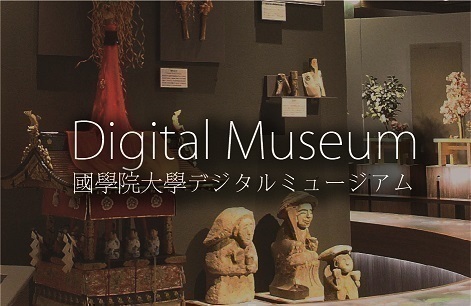- トップ
- Encyclopedia of Shinto
- Katashiro
Encyclopedia of Shinto
| Main Menu: | |
| Links: |
詳細表示 (Complete Article)
| カテゴリー1: | 4. Jinja (Shrines) |
|---|---|
| カテゴリー2: | Ritual Implements and Vestments |
| Title | Katashiro |
| Text | An object used as a substitute for a spirit in rites of worship. The term also refers to objects representing human figures (hitogata or nademono) used in rites of purification (misogi or harae) in place of the subject of the rite. In such cases, the subject rubs the object on his body or breathes upon it to transfer his/her transgressions and pollutions (tsumi and kegare) to the object, which is then cast into a river or another body of water. Katashiro were also used when casting spells or curses. Most katashiro seen today are made of paper, but in the past they were also made of gold, silver, iron, wood, rice straw or miscanthus reeds. From the Heian period, a hitogata was presented to the court by a Yin-Yang divination master (onmyōji) each month for the performance of a rite called nanase no harai ("purification of the seven tides "). A similar rite called the jōshi no harai (lit., "first-day-of-the-snake purification") was performed on the third day of the third month, and this custom led to the practice of casting adrift dolls displayed for the third month's seasonal festival (sekku). These dolls later came to be preserved and displayed as decorations rather than discarded. See also jōshi. — Motosawa Masashi |




